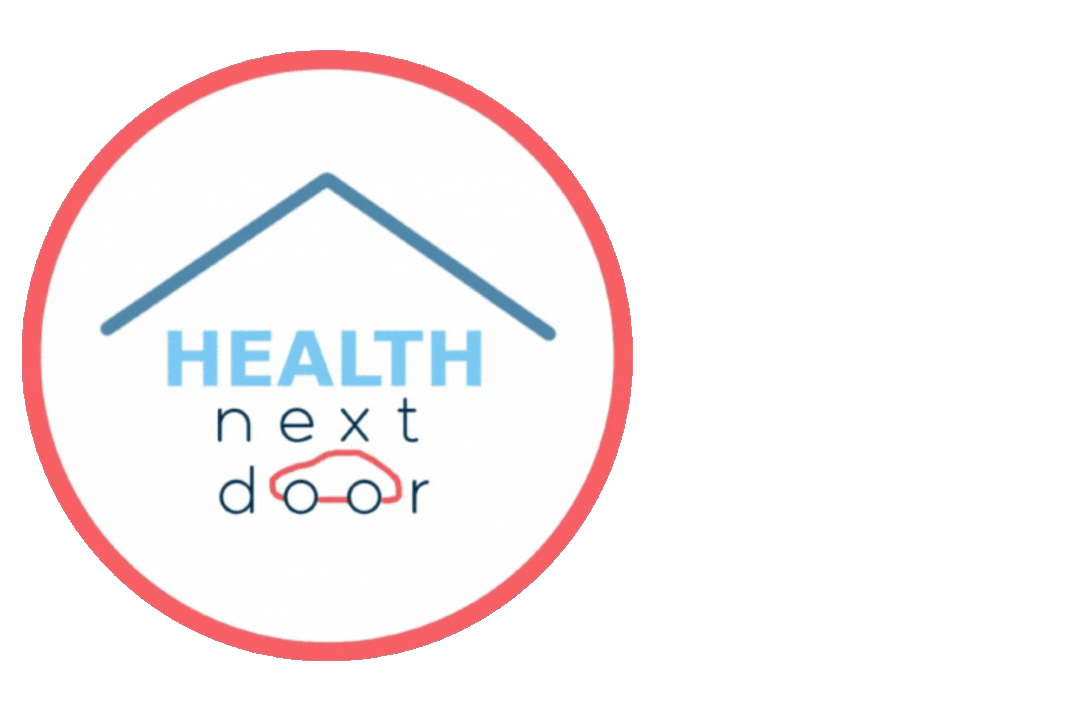How Physiotherapy Can Help Manage ADHD Symptoms in Children?

Attention Deficit Hyperactivity Disorder (ADHD) is a common neurodevelopmental disorder that affects many children worldwide. It is characterized by symptoms such as inattention, hyperactivity, and impulsivity, which can impact a child's academic performance, social interactions, and overall quality of life. While medication and behavioural therapy are commonly used treatments, physiotherapy can also play a significant role in managing ADHD symptoms in children. In this blog post, we will explore how physiotherapy can help and the specific techniques used to support children with ADHD.
The Role of Physiotherapy in ADHD Management
Physiotherapy focuses on enhancing physical movement, strength, coordination, and overall physical well-being. For children with ADHD, physiotherapy can address both the physical and behavioural aspects of the disorder. Here’s how:
- Improving Motor Skills Children with ADHD often have delayed motor skill development, which can affect their ability to participate in physical activities. Physiotherapists can design exercises that improve coordination, balance, and fine motor skills, helping children gain confidence and competence in their physical abilities.
- Enhancing Focus and Attention Physiotherapy activities that require concentration and controlled movements can help improve a child’s ability to focus. Techniques such as yoga, Pilates, and specific motor exercises can teach children how to control their bodies and minds, potentially reducing hyperactive behaviours.
- Promoting Relaxation and Reducing Hyperactivity Physiotherapists can introduce relaxation techniques, such as deep breathing exercises and progressive muscle relaxation, to help children manage their hyperactivity. These techniques can be incorporated into the child’s daily routine, providing them with tools to calm themselves when feeling overly energetic or anxious.
- Encouraging Regular Physical Activity Regular physical activity is beneficial for all children, but especially for those with ADHD. It helps in regulating mood, increasing energy levels, and improving overall mental health. Physiotherapists can develop personalized exercise programs that are fun and engaging, ensuring that the child remains motivated and enjoys the activities.
- Supporting Behavioural Interventions Physiotherapy can complement behavioural interventions by providing strategies to manage impulsive behaviours. For instance, exercises that require following instructions and waiting for turns can help children practice self-control and patience in a structured environment.
Specific Physiotherapy Techniques for ADHD
Several physiotherapy techniques are particularly effective in managing ADHD symptoms. These include:
- Sensory Integration Therapy: This technique helps children process and respond to sensory information more effectively, improving their ability to stay focused and calm.
- Balance and Coordination Exercises: Activities like obstacle courses, balance beams, and ball games can enhance motor planning and coordination.
- Strength Training: Building muscle strength through age-appropriate exercises can improve a child’s physical endurance and stability.
- Cognitive-Behavioral Physical Activities: Combining physical activities with cognitive tasks, such as memory games or problem-solving challenges, can enhance cognitive function and attention span.
Conclusion
Physiotherapy offers a holistic approach to managing ADHD symptoms in children. By focusing on physical, cognitive, and behavioural aspects, physiotherapy can help children with ADHD improve their motor skills, enhance focus, reduce hyperactivity, and develop better self-regulation. If you are interested in how physiotherapy can support your child with ADHD, Health Next Door is here to help. Our team of experienced physiotherapists can create personalized programs tailored to your child's unique needs.


.png?width=50&height=50&name=WhatsApp_Image_2024-03-29_at_13.48.58_f7740a48__1_-removebg-preview%20(1).png)